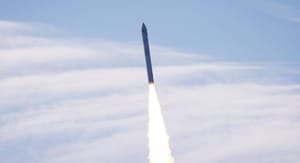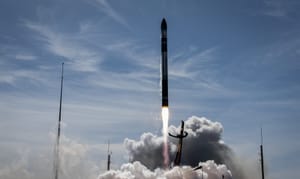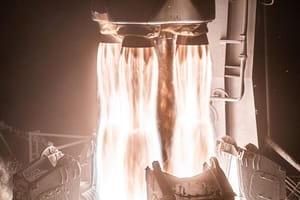
Jul 5, 2024
Firefly kicks off 2024
Firefly's Alpha rocket lifted off today on July 4th 2024, 12:04 AM EDT from Pad SLC-2W, at the Vandenberg Space Force Base in California, USA. Alpha is a small sat launcher priced at 15 million US dollars a launch. Alpha is designed to be the most reliable and responsive launch option for its class. It is capable of taking 1,030 kg to 300 km above the surface in a LEO (Low Earth Orbit). This mission was carrying several payloads into low earth orbit. The ELaNa 43 (Educational Launch of Nanosatellites 43) mission includes eight CubeSats flying on Firefly Aerospace’s Alpha rocket for its “Noise of Summer”
Lets look at how the launch went and what are the payloads!

In 2020, NASA awarded Firefly Aerospace a fixed-price contract to launch small satellites, or CubeSats, under the Venture-Class Launch Services Demonstration 2 contract. In May of that year, NASA certified Firefly Aerospace’s Alpha rocket as Category 1, authorizing its use for missions with high-risk tolerance. NASA’s Launch Services Program oversees the launch of rockets carrying spacecraft designed to observe Earth, visit other planets, and explore the universe.
Many of the satellites on this mission follow whats called a standard design, particularly the 6U. A 6U CubeSat is a type of nanosatellite that adheres to the CubeSat standard, which is defined by units (U) based on a basic 10 cm x 10 cm x 10 cm cube. The "6U" designation means that the satellite is composed of six such units, resulting in a structure that is typically 10 cm x 20 cm x 30 cm in size. CubeSats are popular in scientific and educational space missions due to their compact size, standardization, and lower cost compared to traditional satellites. The 6U CubeSat offers a balance between small size and sufficient space for more complex instrumentation and systems, making it suitable for a wide range of missions, including technology demonstrations, Earth observation, and scientific research.
CatSat
CatSat is a 6U CubeSat being built and tested by University of Arizona students, faculty, and staff.
The inflatable antenna will be used to communicate to the ground at ~50 Mbps and transmit HD video in real-time. A second, identical camera is onboard and will be used to image and verify deployment of the inflatable antenna. A secondary goal of the mission will be to deploy a whip antenna to measure Earth’s ionosphere.
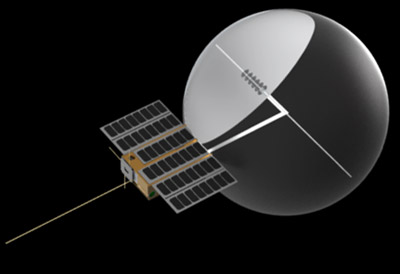
During the mission’s six-month expected lifetime, CatSat will detect high-frequency signals from HAM radio operators all around the globe with its WSPR antenna, demonstrate its inflatable antenna for high bandwidth transmission, and provide high-resolution imaging of the Earth. The data this satellite provides will give insights into the variation of the ionosphere and the technical capabilities of the new systems being tested.
KUbe-Sat-1
This mission represents the inaugural step towards developing a comprehensive satellite program at the University of Kansas (KU). A successful launch will pave the way for KU to expand the initiative, facilitating collaborations with public schools and other educational institutions. The enhanced capabilities provided by this program will offer more opportunities for amateur satellite services, enabling grade schools to launch payloads into orbit and fostering greater engagement in STEM activities. A successful initial launch and the establishment of robust infrastructure are critical for the planned expansion of the satellite program.
Furthermore, KUbeSat1 will generate data that can be utilized worldwide in the study of deep-space particles. Analyzing the particles that pass through Earth's atmosphere is crucial for understanding issues ranging from solar storms to deep space radiation. Consequently, amateur operators around the globe may contribute valuable scientific data essential for advancing our knowledge of space.
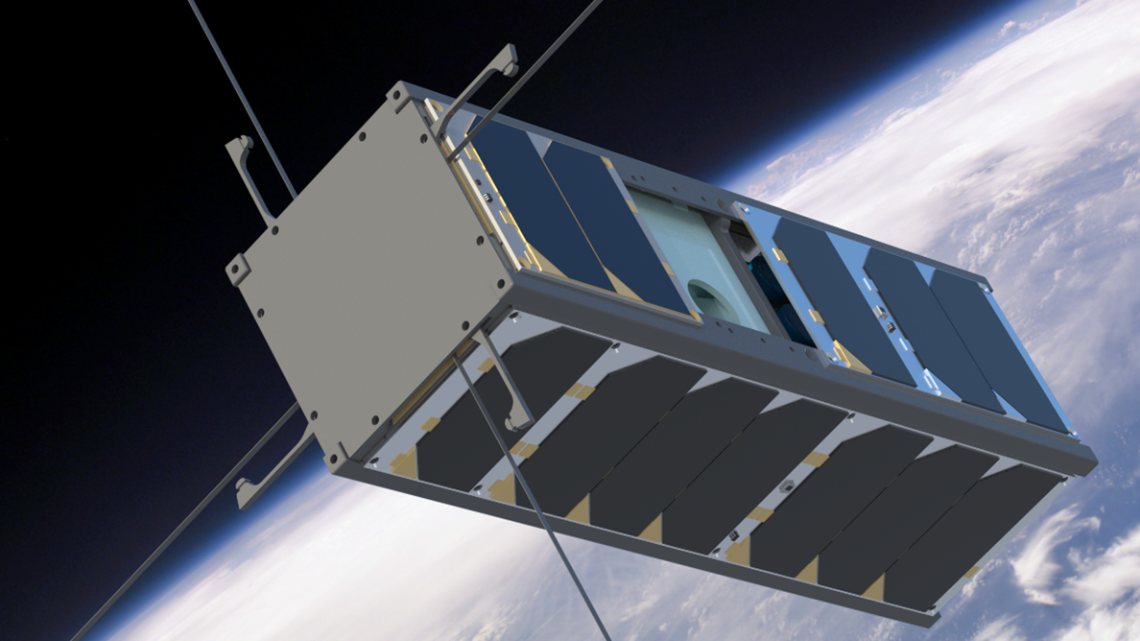
MESAT1
Maine's inaugural small satellite, MESAT, features three payloads created by students from Falmouth High School, Fryeburg Academy, and Saco Middle School. Engineering teams from UMaine and USM are working together to construct and prepare the satellite for launch, in partnership with AMSAT and NERRS. The CubeSat's launch is financed by the NASA CSLI program, while its design and development are supported by NASA, MSGC, and UMaine.
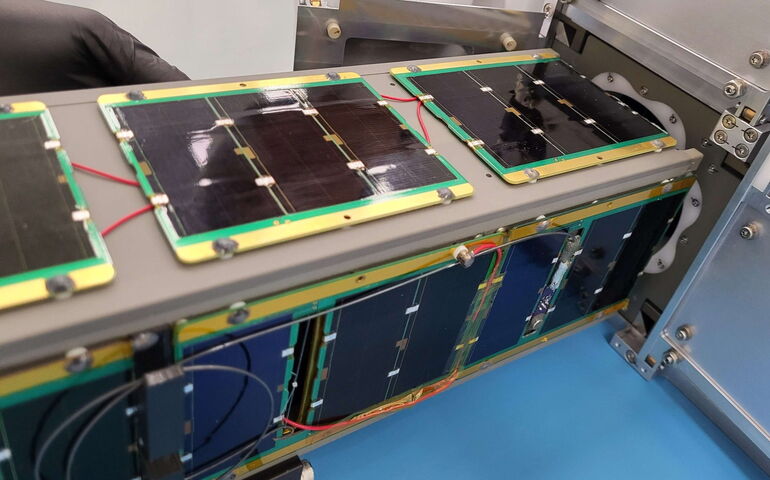
R5-S4, R5-S2-2.0
R5-S4 and R5-S2-2.0, both 6U CubeSats designed by NASA's Johnson space center, will be the first R5 spacecraft launched to orbit to test an innovative, streamlined spacecraft design. The team will closely monitor the performance of each component, including the computer, software, radio, propulsion system, sensors, and cameras, while in low Earth orbit.
In the near term, R5 aims to demonstrate new processes that enable faster and more cost-effective development of high-performance CubeSats. These improvements in cost and schedule will allow R5 to offer higher-risk ride options to low-Technology Readiness Level payloads, facilitating more on-orbit demonstrations.
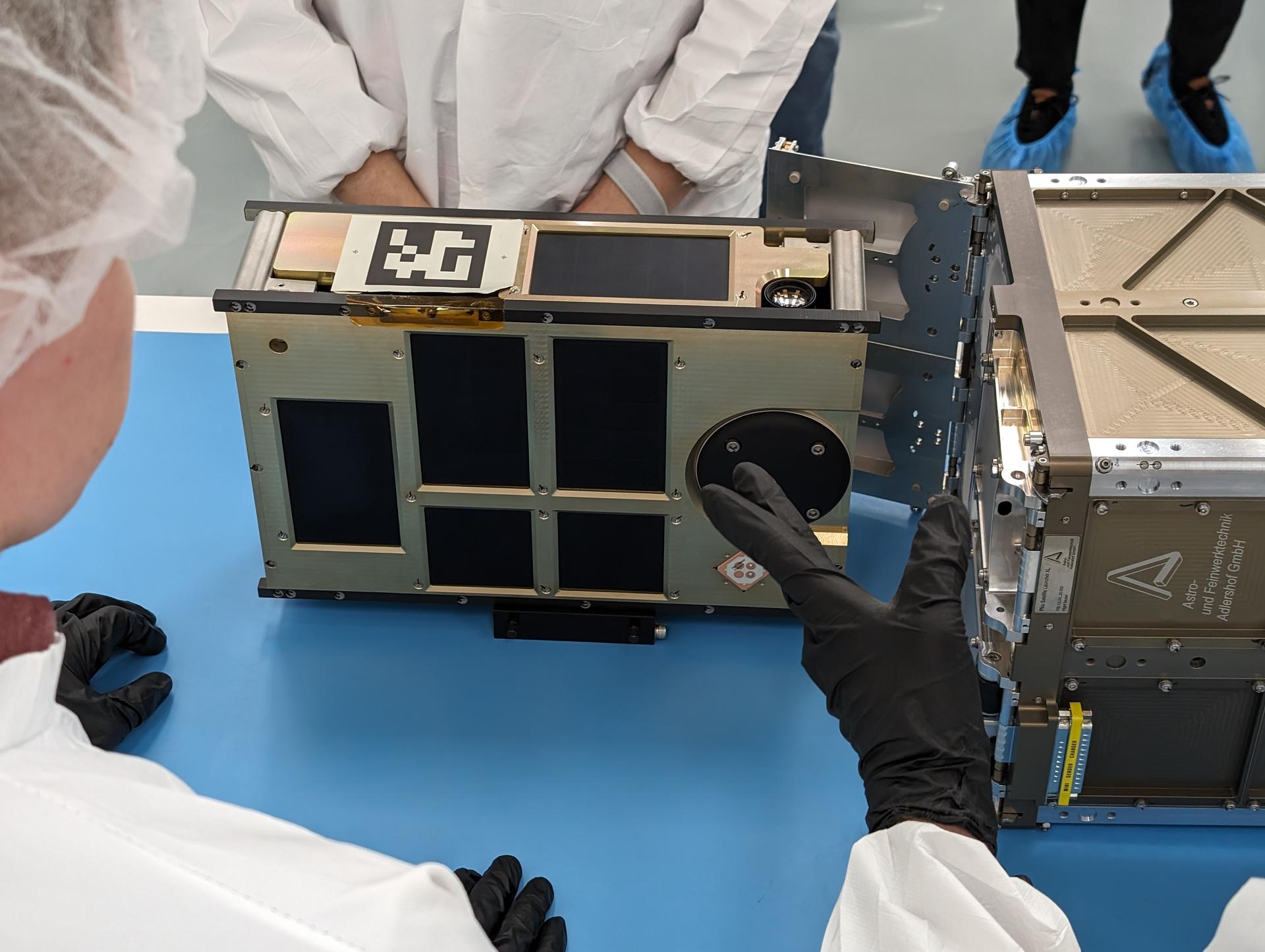
Serenity – Teachers in Space
Serenity, a 3U CubeSat equipped with data sensors and a camera, will engage with students on Earth via amateur radio signals, transmitting images back to them. This initiative, led by Teachers in Space, aims to launch satellites as educational experiments to inspire students across North America to pursue interests in space science, technology, engineering, and math (STEM).
SOC-i – University of Washington, Seattle
The Satellite for Optimal Control and Imaging (SOC-i), a 2U CubeSat, serves as a technology demonstration mission for advanced attitude control. It will test an algorithm designed to support autonomous operations with constrained attitude guidance maneuvers computed in real-time aboard the spacecraft. SOC-i will autonomously orient its camera to capture images, showcasing its ability to maintain precise orientation relative to the Earth, Sun, or other celestial bodies.
TechEdSat-11 (TES-11) – NASA’s Ames Research Center, California’s Silicon Valley
TechEdSat-11, a 6U CubeSat, is a collaborative project between NASA researchers and students aimed at evaluating new technologies for small satellites. This mission will test advancements in communications, a radiation sensor suite, and experimental solar panels, as well as explore methods to reduce the time required for de-orbiting.
TechEdSat-10 contains 150 watt-hours of power storage, eight radios, nine processors, and a graphics processing unit. Additionally, the small satellite carries four cameras, including a stereoscopic virtual reality camera experiment.

What a mission!
This mission represents how space can unite institutions and groups of people. Developing American space industry and most of all furthering science for all mankind.


